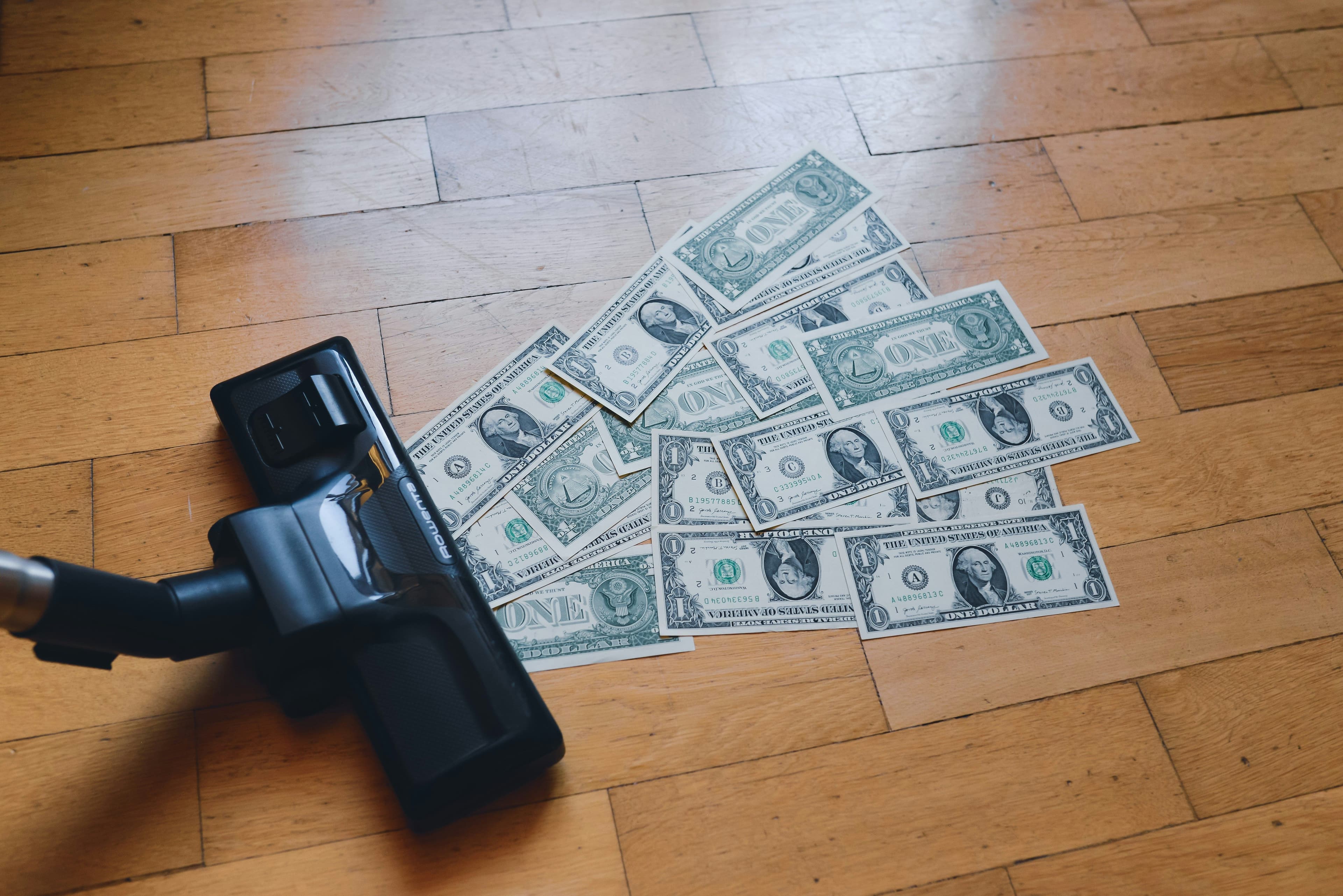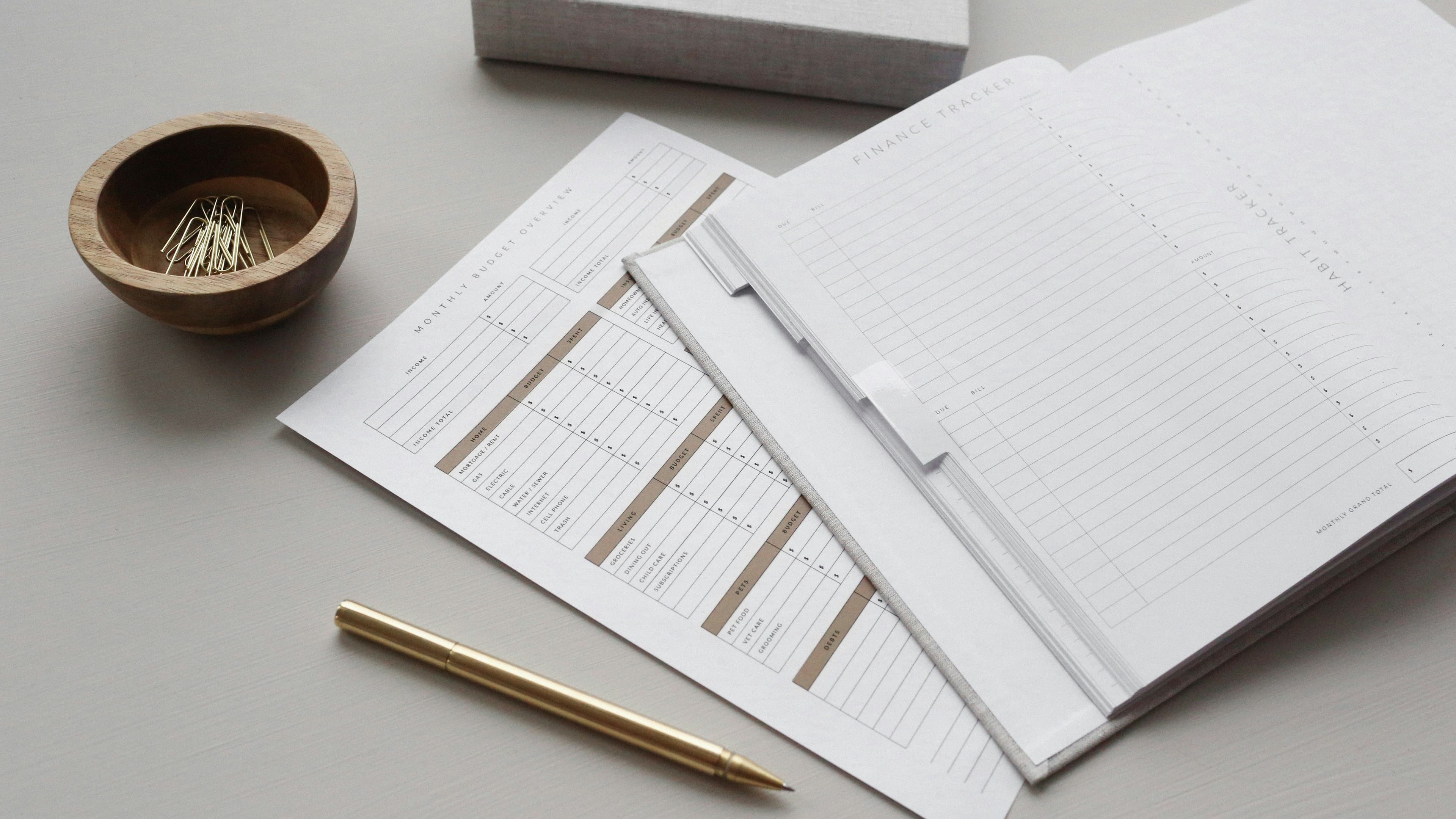How To Save $10,000 in a Year: The Step-by-Step Guide
Learn how to save $10,000 in one year with this step-by-step guide. Practical tips, realistic budgeting strategies, and actionable advice that works.

Let me be honest with you, when I first heard someone say they saved $10,000 in a year, my immediate thought was "must be nice to have money to save in the first place." But here's what I've learned after helping dozens of people (including myself) hit this seemingly impossible goal: it's not about how much you make; it's about how intentional you get with your money.
I remember my own $10K journey started on a random Tuesday in March. I was scrolling through my bank app, horrified by how little I had saved, when I realized I'd spent $47 on DoorDash that week alone. That moment of financial shock became my turning point, and by the following February, I had $10,847 sitting in my savings account.
The truth is, saving $10,000 in 12 months breaks down to just $833 per month, or about $27 per day. When you put it that way, it starts feeling less like moving mountains and more like... well, skipping that daily coffee run. But don't worry, I'm not going to tell you to give up everything you enjoy. This guide is about finding the money that's already slipping through your fingers and redirecting it toward your future self.
Why $10,000 Isn't Just a Nice Round Number
Before we dive into the how-to, let's talk about why this specific amount matters. Ten thousand dollars isn't arbitrary; it's what financial experts call your "breathing room buffer." It covers most major emergencies, gives you options when opportunities arise, and honestly? It's the amount that starts changing how you think about money.
I've noticed something interesting working with people on their savings goals: those who hit $10K almost always keep going. There's something psychological about reaching five figures that shifts your entire relationship with saving. You start seeing yourself as someone who can actually build wealth, not just someone who's constantly playing financial catch-up.

Step 1: Get Brutally Honest About Your Current Situation
Here's where most saving advice goes wrong: it assumes you know where your money goes. Spoiler alert: you probably don't, and that's completely normal. Before you can save $10,000, you need to find out where your current dollars are hiding.
The 30-Day Money Audit
For the next month, track every single expense. I know, I know, tracking feels tedious. But here's a trick I learned: don't judge your spending during this phase. Your job is just to observe and collect data. Use whatever method works for you:
- Phone apps like Mint or YNAB (my personal favorite).
- Old-school notebook method (surprisingly effective).
- Bank statement review at the end of each week.
- Photo receipts and review them weekly.
What you're looking for are patterns, not perfection. When I did this exercise, I discovered I was spending $180 a month on subscriptions I'd forgotten about. That's $2,160 a year, more than 20% of my $10K goal, just sitting there unused.
Calculate Your True Savings Capacity
Once you have a month of data, add up these categories:
- Fixed necessities (rent, utilities, minimum debt payments, insurance)
- Variable necessities (groceries, gas, phone)
- Everything else (this is where the magic happens)
The "everything else" category is your goldmine. This includes dining out, entertainment, shopping, subscriptions, and those random purchases that somehow add up to hundreds of dollars.
Step 2: The $10K Savings Framework
Traditional budgeting advice tells you to save 20% of your income, but let's be realistic: if you're trying to save $10K in a year, you might need to get more aggressive. Here's the modified framework that actually works:
The 60/20/20 Split
| Category | Percentage | Monthly Amount (Based on $4,000 income) | Annual Amount | What's Included |
|---|---|---|---|---|
| True Necessities | 60% | $2,400 | $28,800 | Rent/mortgage, utilities, groceries, gas, insurance, minimum debt payments |
| $10K Savings Goal | 20% | $800 | $9,600 | Your dedicated savings (gets you to $9,600 - close to your $10K target!) |
| Fun Money | 20% | $800 | $9,600 | Dining out, entertainment, hobbies, non-essential shopping |
Budget Examples for Different Income Levels
| Monthly After-Tax Income | Necessities (60%) | Savings Goal (20%) | Fun Money (20%) | Annual Savings |
|---|---|---|---|---|
| $3,000 | $1,800 | $600 | $600 | $7,200 |
| $3,500 | $2,100 | $700 | $700 | $8,400 |
| $4,000 | $2,400 | $800 | $800 | $9,600 |
| $4,500 | $2,700 | $900 | $900 | $10,800 |
| $5,000 | $3,000 | $1,000 | $1,000 | $12,000 |
Can't swing 20% for savings?
Start with 15% and work your way up. Here's what that looks like:
| Income Level | 15% Savings | 10% Savings |
|---|---|---|
| $3,000/month | $450/month ($5,400/year) | $300/month ($3,600/year) |
| $4,000/month | $600/month ($7,200/year) | $400/month ($4,800/year) |
| $5,000/month | $750/month ($9,000/year) | $500/month ($6,000/year) |
The key is consistency, not perfection. I'd rather see you save $600 every single month than save $1,000 one month and $200 the next.
Step 3: Find Your First $3,000 (The Low-Hanging Fruit)
Before you start making major lifestyle changes, let's grab the easy money first. In my experience, most people can find $3,000-$4,000 in annual savings without significantly impacting their quality of life.
Subscription Audit (Average savings: $150-300/month)
Pull up your bank statements and highlight every recurring charge. Cancel anything you haven't used in the past month. Here's what I typically find:
- Multiple streaming services ($50-80/month)
- Gym memberships at places you don't visit ($30-100/month)
- Software subscriptions for work you no longer do ($20-50/month)
- Premium versions of apps you use maybe twice a month ($10-30/month)
Pro tip: Instead of canceling everything at once, cancel one subscription per week. This way, you'll actually notice if you miss something important.
The Dining Out Downgrade (Average savings: $200-400/month)
I'm not suggesting you become a hermit, but dining out is usually the biggest variable expense category. Here's my realistic approach:
- Replace one restaurant meal per week with a home-cooked version.
- Switch from delivery to pickup when you do order out (saves $5-8 in fees per order).
- Try the "half-restaurant" rule: eat appetizers or lunch portions instead of full dinners.
- Set a monthly dining budget and use cash or a designated card.
The goal isn't to eliminate fun; it's to be intentional about it.
Transportation Tweaks (Average savings: $100-200/month)
Small changes in how you get around can add up quickly:
- Combine errands into single trips.
- Work from home one extra day per week if possible.
- Walk or bike for trips under one mile.
- Use public transit for one regular commute per week.
- Consider carpooling for regular activities.
Step 4: Automate Your Way to Success
Here's something I learned the hard way: willpower is not a reliable savings strategy. The people who successfully save $10,000 don't rely on remembering to transfer money; they make it automatic.
Set Up Multiple Savings Accounts
Open a dedicated savings account specifically for your $10K goal. Name it something motivating, like "Future Freedom Fund" or "My $10K Challenge." Then set up automatic transfers for the day after your payday.
The 4-Account System:
Checking (for monthly expenses)
Emergency fund (separate from your $10K goal)
$10K savings account (your main focus)
Fun money savings (for guilt-free splurges)
The Bi-Weekly Transfer Trick
Instead of transferring $833 once a month, transfer $416.50 every two weeks. This works better with most people's pay schedules and makes the amount feel more manageable. Plus, you'll actually save slightly more due to the timing.
Step 5: Boost Your Income (The Often-Overlooked Piece)
Cutting expenses only gets you so far. At some point, you might need to increase the money coming in. The good news? You don't need a complete career change to boost your income by $2,000-$5,000 this year.
Side Hustle Reality Check
Forget the "make $5,000 a month dropshipping" nonsense. Here are realistic side hustles that can generate $200-500 monthly:
- Freelancing skills you already have (writing, design, social media management)
- Tutoring or teaching (in person or online)
- Pet sitting or dog walking through Rover or Wag
- Seasonal work (tax prep, holiday retail, summer camp counseling)
- Selling items you no longer need (not a long-term strategy, but great for a quick $500-1,000 boost)
Related content:
Ask for More Money at Your Current Job
This one's scary, but often the most effective. If you haven't had a raise in over a year, it's time to have that conversation. Even a 5% raise on a $50,000 salary gives you an extra $2,500 annually; that's 25% of your $10K goal.
Do your homework first:
- Research salary ranges for your role in your area.
- Document your recent accomplishments and additional responsibilities.
- Practice your pitch with a friend or family member.
- Schedule the conversation; don't ambush your boss.
Step 6: Handle the Inevitable Obstacles
Let's be real, something will try to derail your $10K savings plan. The car will need repairs, you'll get invited to a destination wedding, or you'll face an unexpected expense. Here's how to stay on track when life happens.
The 80% Rule
If you save 80% of your monthly goal, you're still succeeding. That means if your target is $833 per month, saving $667 still counts as a win. This mindset prevents the all-or-nothing thinking that kills most savings goals.
Create a "Deviation Budget."
Set aside $100-200 per month for those "just this once" expenses that somehow come up every month. This isn't part of your $10K savings; think of it as insurance for your savings plan.
The Catch-Up Strategy
If you fall behind, don't panic. Here are quick ways to get back on track:
- Tax refund season: Direct the entire refund to your savings.
- Bonus money: Work overtime or freelance for one intense month.
- Sell something big: Old furniture, electronics, or jewelry.
- Take a "spending pause": One month of only necessities.

💡 50 Digital Side Hustle Ideas
Get your free guide packed with 50+ profitable digital side hustle ideas you can start today — even if you're a complete beginner!
We respect your privacy. Unsubscribe at any time.
Step 7: Track Progress Like Your Future Depends on It
What gets measured gets managed, and saving $10,000 is no exception. But tracking doesn't mean obsessing; it means staying connected to your goal.
Monthly Check-Ins
On the same day each month, review:
- How much you saved compared to your target
- What worked well in your spending plan?
- What challenged you, and how will you address it next month?
- How you feel about your progress (seriously, emotions matter in money management)
Celebrate the Milestones.
Don't wait until you hit $10,000 to celebrate. Acknowledge these wins along the way:
- $1,000: You've proven you can do this.
- $2,500: You're 25% there; treat yourself to something small.
- $5,000: Halfway party! (Budget-friendly, of course)
- $7,500: You're in the home stretch.
- $10,000: Full celebration mode
The Psychology of Saving $10K (Why Most People Quit)
Here's what nobody tells you about saving a large amount of money or making extra money: the hardest part isn't the math; it's the mental game. Around month 4 or 5, you'll hit what I call the "savings plateau": that point where the initial excitement wears off, but you're not close enough to the finish line to feel motivated.
This is where most people quit. They've saved maybe $3,000 or $4,000, which feels significant, and they start rationalizing why they "deserve" to spend some of it. Don't fall into this trap.
The "Future Self" Visualization
When motivation wanes, spend five minutes visualizing your life with $10,000 in savings. How will it feel to:
- Handle an emergency without stress?
- Have options when opportunities arise?
- Sleep better knowing you're financially prepared?
- Feel proud of what you accomplished?
That future version of yourself is counting on the decisions you make today.
Your First 30 Days: The Quick Start Action Plan
Feeling overwhelmed? Start here. These are the only things you need to focus on in your first month:
Week 1: Complete your money audit and identify your top 3 expense categories.
Week 2: Open your dedicated $10K savings account and set up automatic transfers.
Week 3: Cancel 3-5 subscriptions you don't actively use.
Week 4: Plan and cook 3 meals at home instead of ordering out.
That's it. Don't try to implement everything at once. Master these basics first, then gradually add the other strategies.
The Bottom Line: Your $10K Year Starts Now
Saving $10,000 in a year isn't about depriving yourself of everything enjoyable; it's about being intentional with your money and making choices that align with your future goals. Some months will be easier than others, and that's completely normal.
The people who successfully save $10K aren't superhuman. They're not making six-figure salaries or living with their parents rent-free. They're regular people who decided to prioritize their financial future and stuck with the plan long enough to see results.
Remember: you're not just saving $10,000. You're building the habits, mindset, and confidence that will serve you for the rest of your life. Every dollar you save is a vote for the person you're becoming.
Ready to start? Pick one action from this guide and do it today. Your future self will thank you.
Worth Exploring:
- How to Start a Blog in 2025: Your Complete Beginner's Guide
- 12 Legitimate Work From Home Jobs That Could Change Your Life
About The Author

SEO consultant
Austin, USA
Maya Rodriguez is an SEO consultant and digital marketing strategist with over 12 years of experience helping businesses improve their online visibility and organic traffic. Based in Austin, Texas, she's worked with over 50 clients ranging from local startups to Fortune 500 companies, achieving an average organic traffic increase of 180% across her client portfolio... Full bio
You might also like




